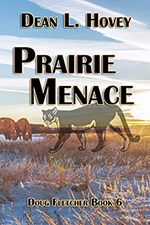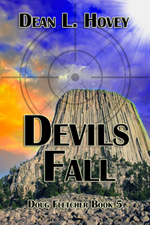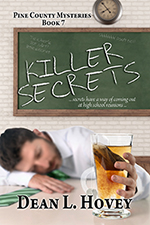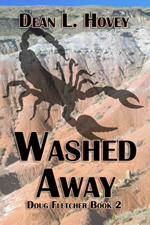The
use of the lower-case word ‘nazi,’ to describe an extremely authoritarian
person, came into vogue in the 1950-60’s. It found popular usage in the description
of fanatics of all kinds, such as ‘surf-nazis,’ whose zeal in the search for a
perfect wave knew no bounds. More recently, audiences were introduced to the ‘soup
nazi,’ an ill-tempered restaurant owner who had the habit of throwing customers
out of his establishment, in the Seinfeld television series.
A
grammar nazi is one who is obsessed with the formal rules of grammar. They are
also eager to point out these ‘errors’ in others’ writings. Grammar nazis are
usually amateurs with strong opinions on the usage of the rules of grammar.
They are not to be confused with professional editors who wield a pen with the
same expertise that a Japanese chef uses his trusty knife. The editor’s intent
is to help the author refine his or her craft; the grammar nazi is more
interested in proclaiming his or her expertise, especially on social media.
One
of the issues is that grammar nazis accept only Standard English, while ignoring
many other forms of English, such as Black or Asian English. Another defining
characteristic of this type is the pointing out of inconsequential errors,
usually done by mistake, while diverting attention from the plot itself.
All writers, even editors, make the occasional
mistake. It happens. But it would be a mistake to judge writing only by its
strict adherence to the rules of grammar. More important to most writers is the
ability to create interesting characters, a compelling plot and the
construction of well-written sentences.
We
have all come across grammar nazis. My experience is that it never pays to
engage in an argument or even a discussion with them. It is a losing
proposition and only serves to encourage them in spouting further grammatical
rules. Best to continue writing!
































































.jpg)


